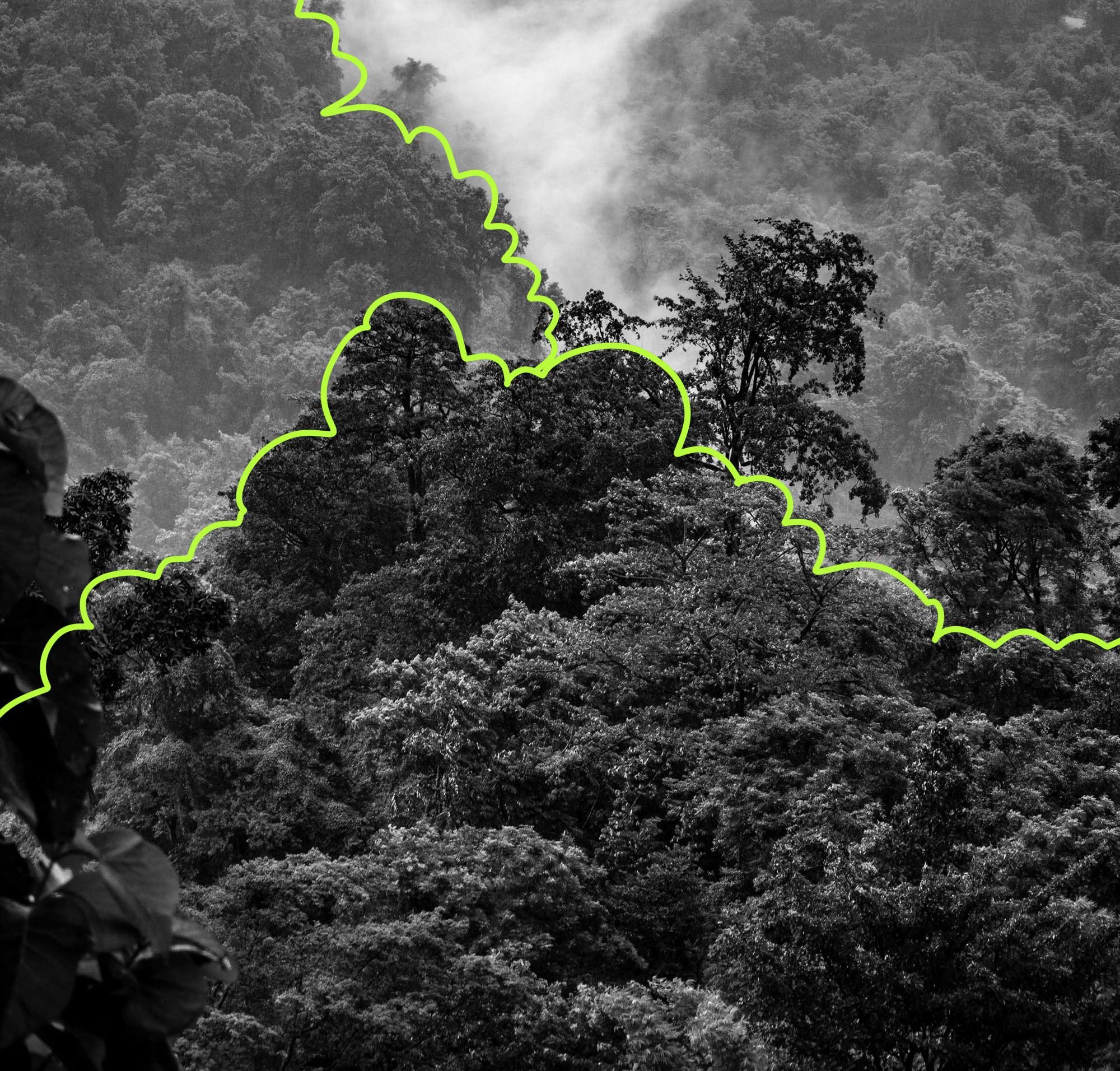Voluntary carbon standards

These four standards generate almost all of the world's voluntary market offsets




The Verified Carbon Standard (VCS) is a full-fledged carbon offset program developed and run by the non-profit Verra. Established in 2006 it is widely recognised and has become the most important standard in the voluntary carbon market. VCS projects can be located globally and are focused almost exclusively on GHG reductions with no requirement for additional environmental or social benefits. It has a strong focus on forestry projects, which accounted for 47% of credits it has issued to date. The program recognises both the CDM and CAR standards. It issues Verified Carbon Units (VCUs).
ACR was established in the US in 1996 as the world’s first private voluntary greenhouse gas (GHG) registry. Currently part of Winrock International, ACR develops standards, methodologies, protocols, and tools for voluntary carbon reduction projects and oversees offset project registration, verification and credit issuance on its registry system. Although focused more on North America it covers projects globally, and has a substantial forestry component, with 68% of its credits issued to date being from forestry projects. The ACR standard is also recognised by California’s Cap-and-Trade program. It issues Verified Emissions Reductions (VERs).
The Climate Action Reserve (CAR) program emerged from the California Climate Action Registry in 2008. It focuses just on projects within North America with forestry projects accounting for 51% of total credits issued to date. The standard issues Climate Reserve Tonnes (CRTs). The CAR program is recognised by VCS, and its credits can be converted to VCUs (although VCUs cannot be converted to CRTs).
The Gold Standard (GS) was established in 2003 by a group of NGOs, led by the World Wildlife Fund. It has a particular focus on generating co-benefits, such as employment and health improvements for local communities, alongside emission reductions from its projects. As such it is the strictest standard for CO2 reduction projects. It has a global focus, although forestry projects are relatively few, having contributed only 5% of the credits issued to date. It issues Verified Emission Reductions (VERs).
Source: Berkeley Voluntary Carbon Offset Database (May 2021)
